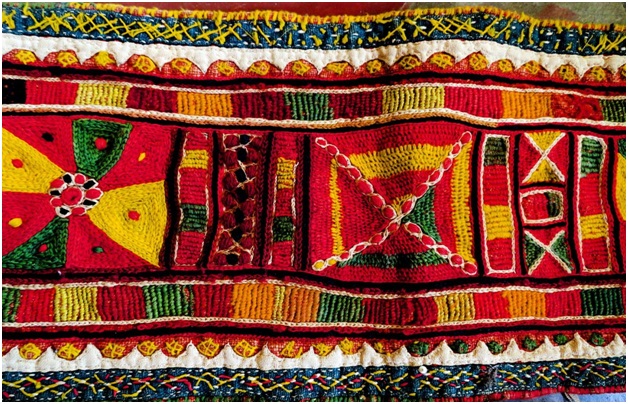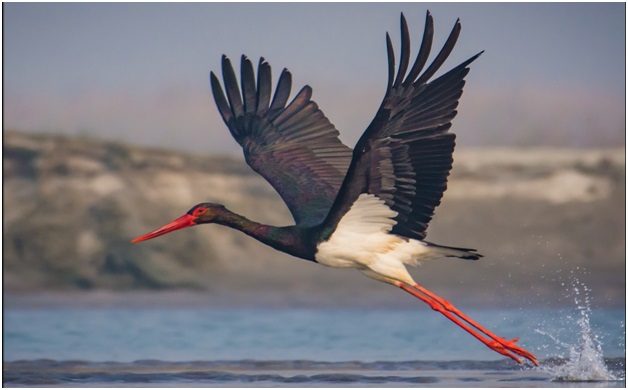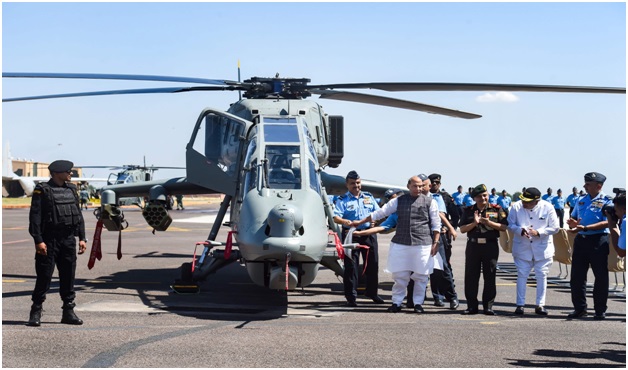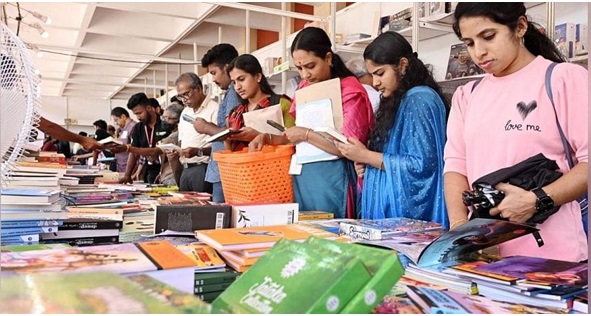One Nation, One Registration Platform (The Hindu)

- 01 Nov 2023
Why in the News?
The National Medical Commission (NMC)will launch its “One Nation, one registration platform’‘ for doctors across the country
About One Nation, One Registration Platform:
- The National Medical Commission (NMC) will launch a patch trial of the National Medical Register (NMR), in which physicians will receive a unique identification number and, based on their location, be able to apply for a license to practice in any State within the next six months.
- The change was announced by the commission in a gazette notification earlier this year under the title "Registration of Medical Practitioners and Licence to Practice Medicine Regulations, 2023."
- The NMR will receive the data of almost 14 lakh doctors who are currently registered in the system.
- Objectives: The goal is to supply undergraduate students on the NMR with a masked ID, and based on when they complete their course, the ID is unmasked and assigned.
- It will eliminate duplication and red tape while also providing the public with access to information on any physician practising in India.
Features of the NMR:
- The public will have access to the NMR via the NMC website, which will take the role of the current Indian Medical Register (IMR). It will provide detailed information about registered doctors, such as:
- Unique Identification Number (UID): Each doctor will be assigned a unique identification number.
- Registration Number: The doctor’s registration number for verification.
- Qualifications: Information about the doctor’s educational qualifications.
- Specialization: The doctor’s area of expertise.
- Name and Place of Work: Details of the doctor’s name and workplace.
- Institute/University: The name of the institution or university where the qualifications were obtained.
Tamil Lambadi Embroidery (The Hindu)

- 01 Nov 2023
Why in the News?
For almost 60 years, the Porgai Artisan Association Society has been producing and distributing embroidered clothing in an effort to raise awareness of the art form and ensure that it is passed down to future generations.
About Tamil Lambadi Embroidery:
- The Lambadi community has a long-standing tradition of practising Lambadi embroidery.
- This craft is used to embellish their clothing and household items and it holds significant cultural and identity value for the Lambadis.
- Traditionally, Lambadi women use colourful cotton threads to create intricate embroidery on cotton and silk fabrics.
- Embroidery Designs: The traditional Lambadi embroidery designs are characterized by geometrical patterns, including squares, rectangles, and circles.
- These designs have also been influenced by elements from the local environment, such as forests, birds, fruits, and flowers.
Facts About the Lambadi Community:
- They are also known as Lambadis or Banjaras.
- Historically they are nomadic tribes, originating from Afghanistan and settling in regions including Rajasthan, Karnataka, Andhra Pradesh, Madhya Pradesh, Gujarat, and Maharashtra.
- They also assisted Mughal Emperor Aurangzeb in transporting goods in the 17th century.
- Speak 'Gor Boli' or 'Lambadi,' which is often written in Devanagari or local languages.
- Many members of the Lambani community are bilingual or multilingual to communicate in the predominant language of their region in India.
- The elderly women within the Lambadi community continue to wear the Petia, a traditional five-piece dress.
- The Petia is made using Mushru silk from Kutch, showcasing the enduring connection to their heritage and craftsmanship.
Black Stork (TOI)

- 01 Nov 2023
Why in the News?
For the first time, a Black Stork, a species rarely seen, has been spotted in the Hastinapur Wildlife Sanctuary in Uttar Pradesh recently.
About Black Stork:
- The black stork (Ciconia nigra) is a large bird in the stork family Ciconiidae.
- It is usually found in marshy areas, rivers or inland waters.
- It is a long-distance migrant, with European populations wintering in tropical Sub-Saharan Africa, and Asian populations in the Indian subcontinent.
- The black stork is considered to be a species of least concern by the International Union for Conservation of Nature, but its actual status is uncertain.
- Despite its large range, it is nowhere abundant, and it appears to be declining in parts of its range, such as in India, China and parts of Western Europe, though increasing in others such as the Iberian Peninsula.
- Various conservation measures have been taken for the black stork, like the Conservation Action Plan for African black storks by Wetlands International.
- It is also protected under the African-Eurasian Waterbird Agreement and the Convention on International Trade in Endangered Species of Wild Fauna and Flora.
Light Combat Helicopter (LCH) 'Prachand' (The Hindu)

- 01 Nov 2023
Why in the News?
The Indian Army's Light Combat Helicopter (LCH) Prachand has conducted the first-ever day-and-night firing of 20 mm turret guns and 70 mm missiles.
About Light Combat Helicopter (LCH) 'Prachand':
- The LCH is the only assault helicopter in the world that has the ability to land and take off at 5,000 meters while carrying a sizable payload of fuel and weaponry.
- The helicopter features a frame and landing gear that are largely crash-proof, and it uses material that absorbs radar waves to reduce its radar signature.
- For protection against nuclear, biological, and chemical (NBC) emergencies, a pressurised compartment is available.
- The helicopter is protected from enemy radars and infrared seekers of enemy missiles by a countermeasure dispensing mechanism.
- LCH is powered by two French-origin Shakti engines manufactured by the HAL.
- The helicopter will be equipped with Helina missiles, the air force version of which is called Dhruvastra.
- It is capable of combat duties such as enemy air defence destruction, counter-insurgency warfare, combat search and rescue, anti-tank, and counter-surface force operations.
India’s First ‘City Of Literature’ (Money Control)

- 01 Nov 2023
Why in the News?
Kozhikode, in Kerala, was named the ‘City of Literature’ by the Unesco Creative Cities Network (UCCN), making it the first such city in India.
About India’s First ‘City Of Literature’:
- Kozhikode (Kerala), has achieved global recognition by joining the UNESCO Creative Cities Network.
- It is now known as the 'City of Literature,' making it the first Indian city to receive this prestigious title.
- This recognition was awarded on World Cities Day, (31 October) along with Gwalior, Madhya Pradesh, which was designated a 'City of Music.'
- Prague was the first city to receive the 'City of Literature' title in 2014.
About UNESCO Creative Cities Network:
- The UNESCO Creative Cities Network is a global initiative established by the United Nations Educational, Scientific, and Cultural Organization (UNESCO) to recognize and promote cities that have made significant contributions to the development of creative industries and culture.
- The UNESCO Creative Cities Network now comprises 350 creative cities from over 100 countries.
- These cities represent seven creative fields, including Crafts and Folk Art, Design, Film, Gastronomy, Literature, Media Arts, and Music.
- Participation in the UNESCO Creative Cities Network provides cities with opportunities for international collaboration, knowledge sharing, and the exchange of best practices in creative and cultural endeavours.
- These cities serve as hubs for artistic expression, cultural preservation, and economic growth, making them vital players in the global creative economy.
- Through this network, cities work together to harness the power of culture and creativity to address common challenges and promote sustainable development, ultimately enhancing their status on the global stage.
